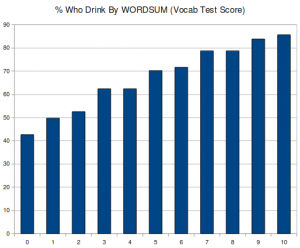One of my favorite blogs is Chris Kresser’s The Healthy Skeptic, so I was quite pleased a few weeks ago when he somehow discovered our blog and purchased a copy of our e-book. I’m even more pleased to see that he liked it: He’s written a glowing review.
As Chris mentioned, everyone who buys the e-book will receive a free copy of the completed book, expected to be available in October. Simply email your address to paul@perfecthealthretreat.com and I will see that you receive your free copy as soon as it is available.
As he mentioned, the e-book, which is an early draft, has three sections. The final book will have a fourth, on healing and preventing disease.
The book is the fruit of five years of research and three years of writing. We began studying diet in 2005 in order to learn how to cure our own seemingly incurable chronic diseases. We began writing the book in 2008 partly because of the old axiom – “the best way to learn is to teach”; being forced to sift through the literature carefully would help us refine our ideas – and partly to share what we then knew with friends and family. By 2010 we had actually cured our own diseases, and had gained sufficient confidence in our ideas to bring them before the public. Indeed, we felt an obligation to do so. We know how many people suffer from “incurable” chronic diseases and premature aging. We believe that, with proper diet and appropriate antibiotics, nearly all diseases can be cured, and nearly everyone can become a healthy centenarian.
It will please us greatly if others find our book useful. Thank you, Chris, for letting your readers know about it!












Recent Comments